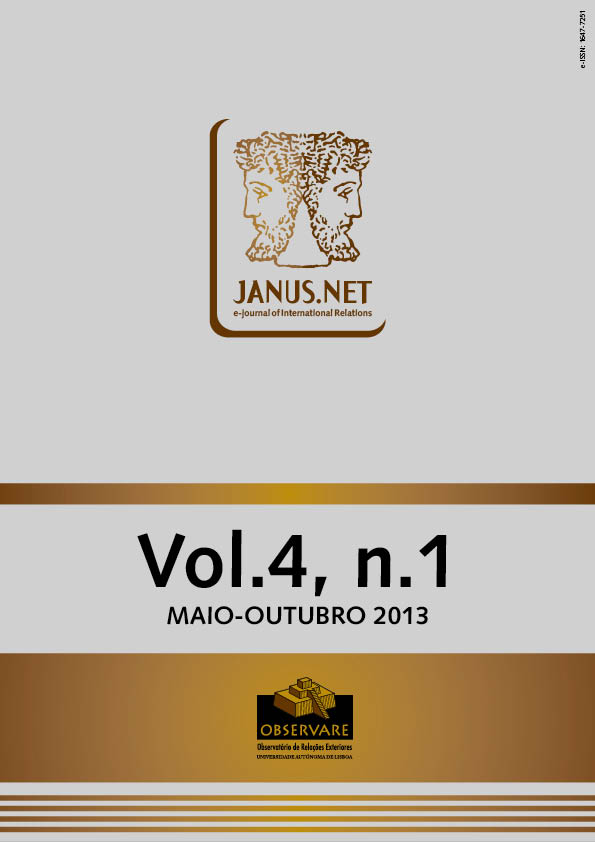A century after the first air bomb mission, a new intervention in the same geographic space has made evident the changes in Airpower. The Aerial Warfare in Libya has radically changed the civil war, complying with a UN mission to protect Libyan population, imposing a no-fly zone and an arms embargo. Therefore, Operation Unified Protector became one of the most successful campaigns in the history of NATO. We aim to assess the operational efficiency of Airpower in the conflict in Libya, focusing on the challenges of a War essentially Aerial. Despite the military results and the fact that some political objectives were met, we can identify some concerning trends that, if not shifted, may negatively influence future NATO operations. We do not aim to draw general and universal conclusions on the strategic value of Airpower based on the analysis of a specific case. Above all, we focus on identifying some lessons which have influenced OUP operational efficiency. Thus, we must analyze some factors, such as the scope of objectives, the type of opposing action and aerial strategy used by the coalition and then focus on the challenges arising from the OUP.
Back to the future: aerial warfare in Libya
http://hdl.handle.net/11144/559
Vicente, João Paulo Nunes
Abstract
Keywords
Airpower, War in Libya, Operation Unified Protector, NATO, Poder Aéreo, Guerra da Líbia, Operação Unified Protector, NATO
Artigo publicado em 2012

